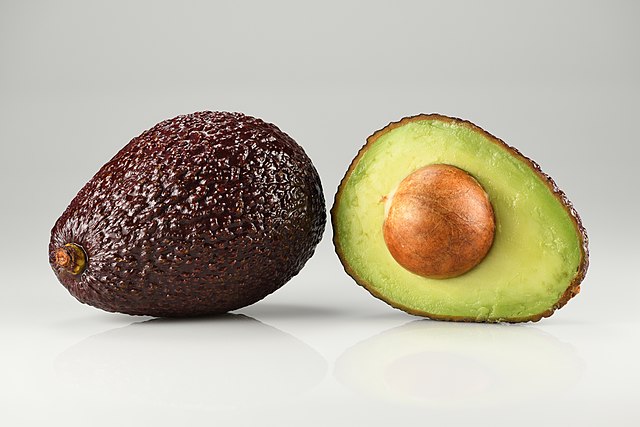The Myanmar Avocado Producers and Exporters Association (MAVO) will channel the bulk of their Hass (Persea americana) output in 2025 to the Thailand and Singapore markets.
According to the MAVO, Hass variety’s yields are top-notch this September-December peak harvest and could exceed 2024’s 3,000 tonnes.
While some varieties like Buccaneer and Booth 7, among others, enjoy lush domestic utility, the majority of quality Hass ends up abroad.
Growing in hilly environs that lend it a special quality, Myanmar’s Hass has attracted demand from over 100 nations.
Out of these many choices, Southeast Asian countries have emerged the clear favorites and are the main target for exports this year.
Thailand in particular traditionally leads imports of fresh/dried avocados from Burma totaling 3,169 tonnes, as of 2023, per the World Bank.
Singapore’s neighbor Malaysia in turn came second in 2023 by import destination, with 0.5 tonnes in total orders.
The next major target to chase will be China. The Department of Agriculture was already processing the vital GACC certification necessary to win over Beijing back in September 2025.
Producers Up Avocado Varieties
With foreign demand growing each year, growers in tandem with governmental agencies and exporters have been leveraging varietal expansion.
Other than the current 20,000 acres under Hass across the country, there is also gaining acreage for new varieties. These include Amara, Buccaneer, 034 and Booth 7, all of which undergo decent exports.
The avocado-growing region of Mandalay in the center of the country has been upping cultivation amid high demand within the eponymous city.
According to the Food and Agriculture Organization (FAO), Mandalay’s Pyin U Lwin area boasts above-average productivity of 8 tonnes a hectare.
Rangoon, the former capital, in turn has seen demand for local varieties rise, further giving orchardists cultivation morale.
With domestic sales meeting foreign demand halfway, producers seek to elevate avocado cultivation in Myanmar to a specialty niche paralleling lucrative legumes. That this is already becoming true is apparent in the below production statistics.
Myanmar Avocados Statistics
Myanmar (Burma) has been commercially cultivating avocados for over 60 years. In the early 2020s, the fruits began to elicit wide domestic and foreign demand. While little official production data is available, Myanmar’s Ministry of Information (MDN) cites that annual Hass production averages 3,000 tonnes (2024). The Hass area extended to 20,000 acres in 2025, while the total avocado area in the country was at 25,000 acres. The extra 5,000 acres are under such new commercial cultivars as Amara, Buccaneer, 034 and Booth 7.
What is the FAO estimate of Myanmar’s avocado production?
An undated Food and Agriculture Organization (FAO)’s country report puts Burma’s avocado production at 30,362 tonnes per annum. The same report provides acreage at 4,110 hectares (10,156 acres).
Where do avocados grow in Burma?
The production capital of avocados in Myanmar is Mandalay division alongside Shan, Kayah and Chin States. Mandalay occupies the hilly center of the country at an elevation of 1,165 m, helping score the highest national yield rate of 8,000 kg/ha. Regional results are per the table below, interpreted from the FAO.
| Area | Area [Ha] | Total Harvest [kg] |
| Lashio in Northern Shan State | 2,110 | 14,770,000 |
| Taunggyi in Southern Shan State | 1,472 | 11,776,000 |
| Loikaw in Kayah State | 223 | 1,561,000 |
| Pyin U Lwin in Mandalay Division | 155 | 1,240,000 |
| Falam in Chin State | 35 | 210,000 |
Which is the top export destination for Myanmar’s avocados?
As of 2023, Thailand was receiving the most shipments of fresh/dried avocados from Myanmar at 3,169 tonnes, according to the World Bank.
